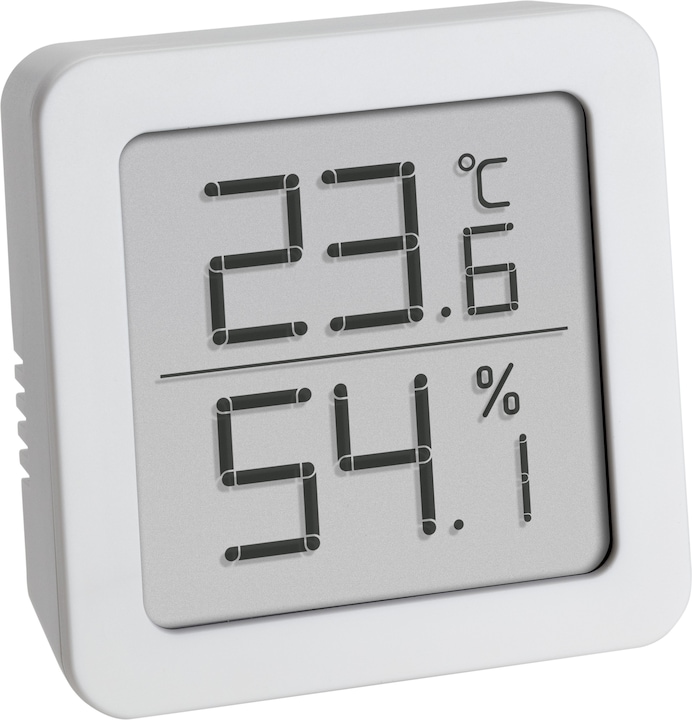

Houseplants for dummies: how to get your leafy green flatmates through the winter
This series of guides is all about houseplants. In this edition, we’ll cover how to get your plant babies through the dark season in one piece. After all, plants need a different kind of TLC in winter than in summer.
Ever come across strelitzia or peacock plants on a walk in the woods? Me neither. When all’s said and done, many houseplants come from tropical climes. They’re built for the kind of heat and light conditions even our summers struggle to provide. If you think about it, the fact they can survive in your apartment is kind of a miracle. With this in mind, the chilly season makes life all the more difficult for them. Here are the problems your indoor jungle’s facing this winter and what you can do to help:
Problem 1: lack of light
Once October rolls around, it’s rare to catch a glimpse of sunshine. You can tell this is affecting your plants if their leaves are yellowing or falling off. Plants starved of light for an extended period of time are recognisable by their very long, thin, weak shoots and small leaves – a phenomenon known as etiolation (website in German).
To prevent this, try placing them somewhere they’ll get at least a little bit more light. Personally, I find trolleys particularly handy for this. I like using them to move my leafy green flatmates closer to the window for a few hours if necessary (which then makes me feel like the world’s best plant mum).

Source: Maike Jensen

Source: Maike Jensen
Of course, Galaxus sells serving trolleys and wheeled storage racks you could convert into a plantmobile. There’ll be space for your watering cans, spray bottles and any other indoor gardening tools on the bottom tier.

Grow lights are another option. Though be warned, using a bog-standard living room lamp won’t cut it – plants need light with a wavelength ranging from 380 to 750 nanometres in order to photosynthesise (article in German). Your plants will have a particularly strong photosynthetic reaction to blue light (380-480 nm) and red light (620-750 nanometres). «Full spectrum» grow lights cover the entire colour spectrum as well as the full range of wavelengths. They’re the best imitations of sunlight.
One example of a full-spectrum model is Eweima’s LED lamp, which is well-placed to get your plants through the winter. Fitted with a timer, the device switches on and off automatically. After all, to allow your plants to rest, LED lamps shouldn’t be left on for more than 12 hours.
Problem 2: dust and dirt
However, it’s not just a lack of light that can jeopardise photosynthesis – layers of dust can be problematic too. Although it might sound OTT, it’s worth dusting down your houseplants regularly. Set to the right music or a favourite podcast, I personally find plant-dusting relaxing and meditative. You can do it with a regular microfibre cloth. Alternatively, you could stick your plants in the shower and hose them down with lukewarm water – they love that. To prevent the soil from becoming totally flooded, you can cover the pots with waterproof bags. Once your plants have finished «bathing», leave them in the shower to enjoy the humidity for a while. It’s their version of a spa retreat.

Source: Maike Jensen
Problem 3: central heating
The winter season is heating season. And your plant babies are less than enthused about the dry air produced by central heating. So refrain from positioning them near or next to radiators and keep an eye on the humidity in the room. Houseplants need a humidity level of 50-60 per cent. If the air’s moisture content drops below that, things don’t look good. You’ll be able to monitor this with a hygrometer. If the air in your home is consistently dry, it’s worth investing in a humidifier.
Problem 4: overwatering and overfertilising
In the darkness and cold of winter, your plants are pretty much running on empty. Don’t expect them to grow any dramatic blooms or even modest buds. At the same time, this means they need fewer resources. In other words, less water and fertiliser.
Most plants actually die because their owners are a little too good to them, being too heavy-handed with the water and fertiliser. However, overwatering can cause waterlogging and root rot, while overfertilisation overexposes plants to salts and minerals, «burning» them and turning them brown (website in German). The solution? Don’t use fertiliser between October and March and don’t water your plants as often.
Header image: Maike JensenCat lady and coffee lover from up north. Always on the lookout for «News and Trends».




